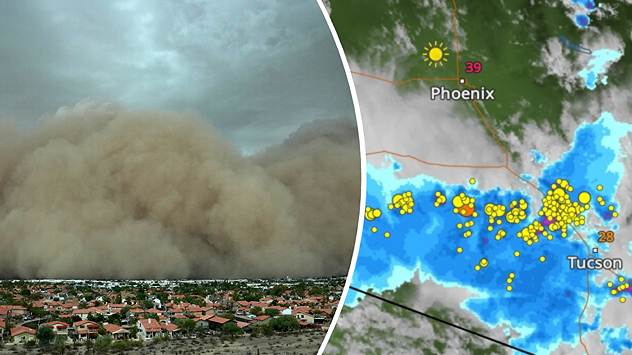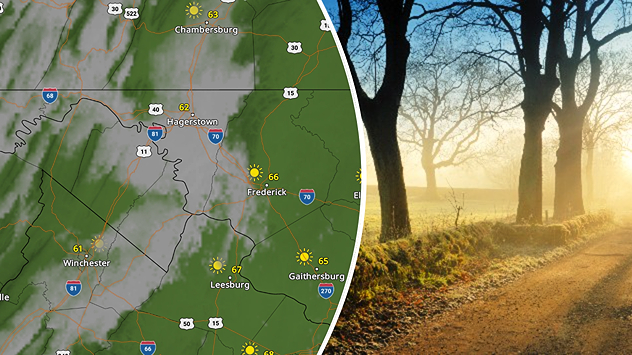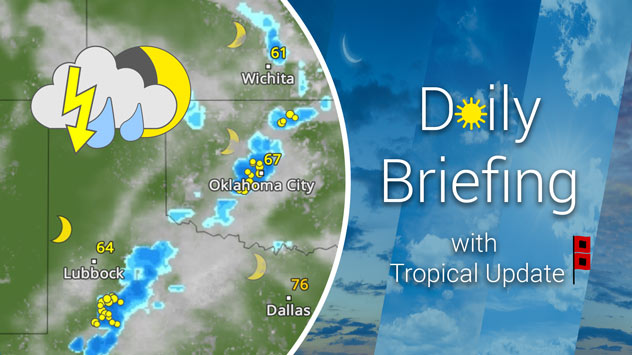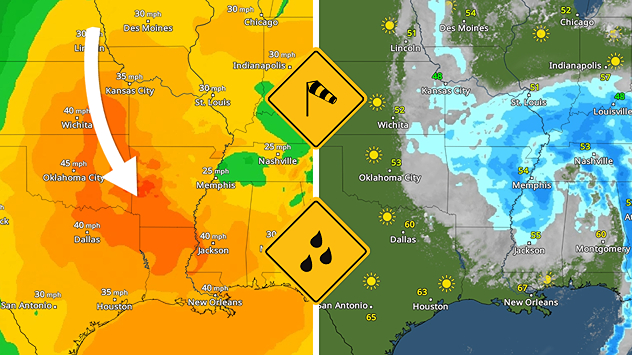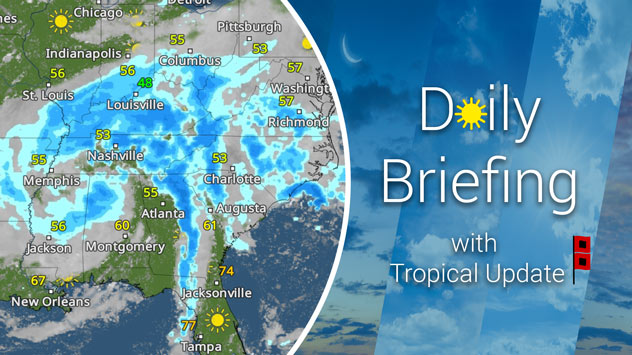One of Ian's threatsHow to stay safe from storm surge

Run from the water, hide from the wind
What is storm surge?
Settings for external content
Privacy policyForecasting storm surge
Staying safe from coastal inundation
www.weatherandradar.com

